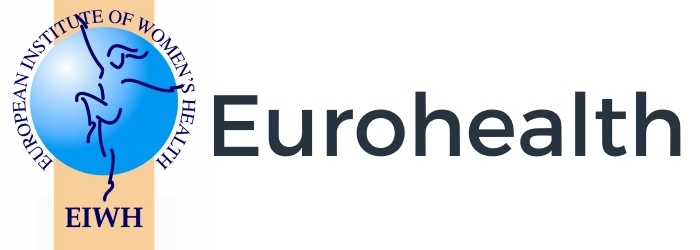📑Policy Briefs
What is a policy brief?
Policy briefs are concise documents that provides information, analysis, and recommendations on specific policy issues. They are aimed at a wide variety of stakeholders including policymakers, non-governmental organisations, healthcare professionals and everyday citizens. They present issues, which may be considered complex and inaccessible, in a format that is understandable, easy to read and using layman’s terms. Each policy brief comes with a set of recommendations on how health, in particular women’s health, can be improved across Europe.
2023 Policy Briefs
📢Read our latest policy briefs here.⬇️
✍️Gender and Chronic Disease
Chronic diseases are the leading cause of illness and death in the EU. They create a heavy burden for EU citizens and healthcare systems. With ageing populations, changing lifestyles and climate change, chronic diseases will continue to affect EU citizens now and in the future. Gender can impact the susceptibility, prevention, diagnosis and treatment of chronic diseases. However, this interaction has been under-studied and under-discussed throughout the EU. The European Institute of Women’s Health aims to change that, with a series of policy briefs and fact sheets on gender and various chronic diseases in the EU.
Our current list of Policy Briefs (available in audio format):
Other Policy Briefs
💉Women and Vaccination in the EU (updated 2022)
🤰Safe Use of Medicines During Pregnancy & Lactation (2022)
🩸Women and Menstruation in the EU (2022)
🎗️Women and Ovarian Cancer in the EU (2022)
🦠Corona Virus (COVID-19) (2022)
Gender Policy Briefs
Six policy briefings were produced by us for the ENGENDER partnership, a DG Health and Consumer funded project, completed in 2012. These were based on an analysis of the ENGENDER good practice database for promoting gender equity in health.
EUGenMed Policy Briefs
- Sex and gender in cardiovascular disease
- Sex and gender in asthma
- Sex and gender in diabetes
- Sex and gender in lung cancer
- Sex and gender in stroke
- Sex and Gender in Healthcare Professional Education (2017)

